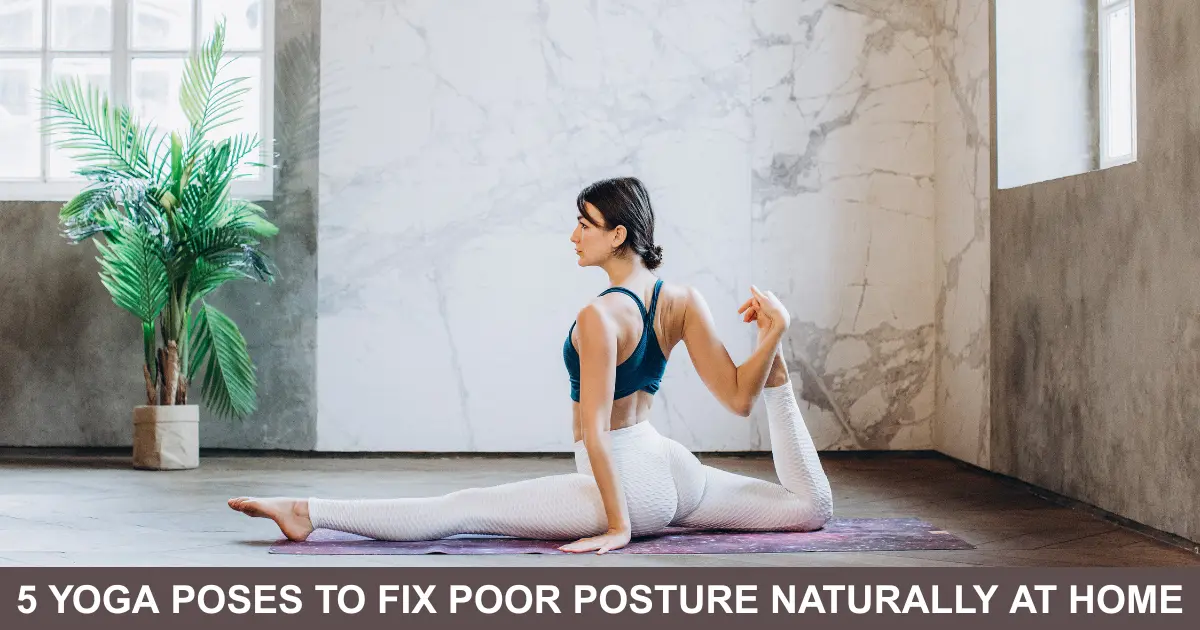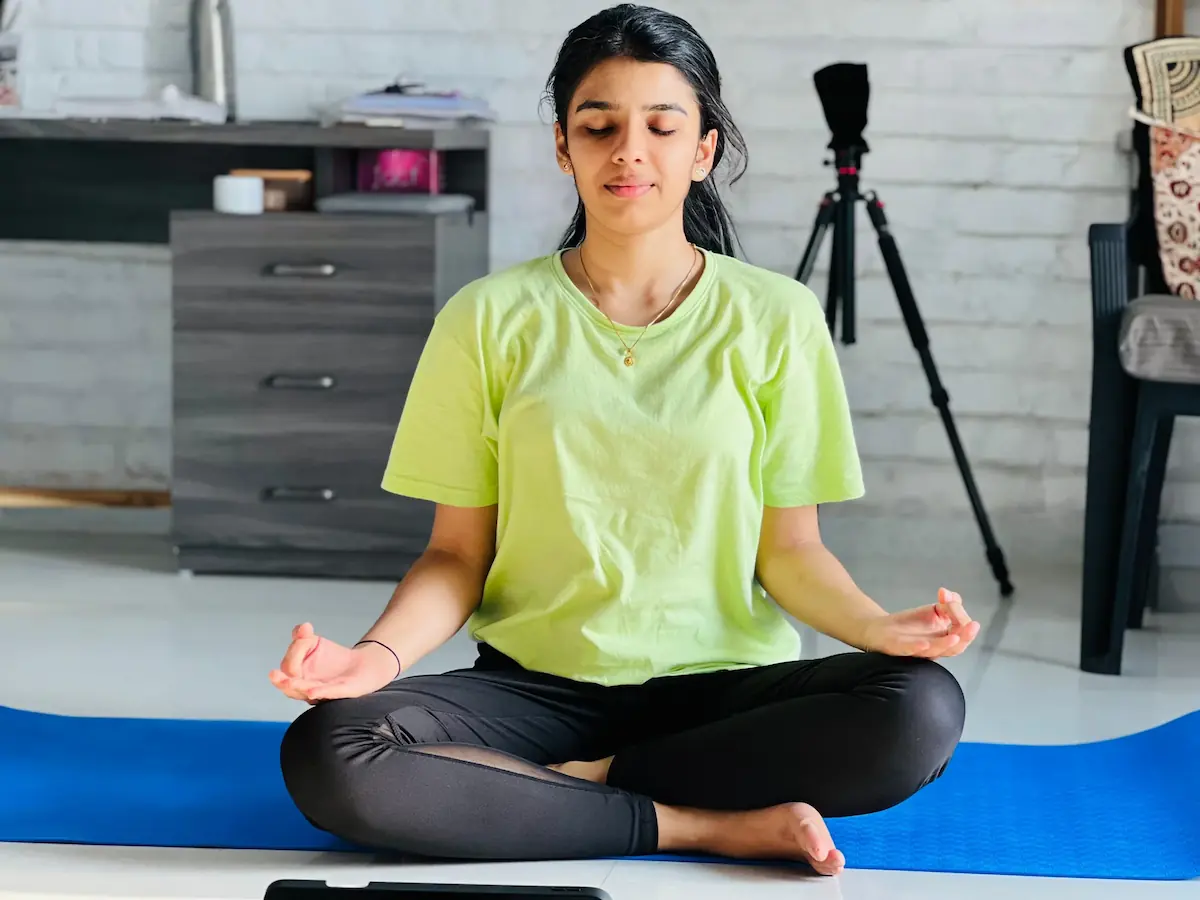Poor posture has quietly become a modern-day epidemic thanks to our long hours at desks, couches, and screens. Slouching, rounded shoulders, and stiff necks are now common, leading to chronic pain and fatigue. But there’s good news! Yoga offers a simple and sustainable way to bring awareness back to your body and correct poor alignment.
The best part? You don’t need a fancy studio or any prior experience. These beginner-friendly yoga poses can be done at home and can gradually improve posture, reduce tension, and boost energy levels.
Tadasana (Mountain Pose)
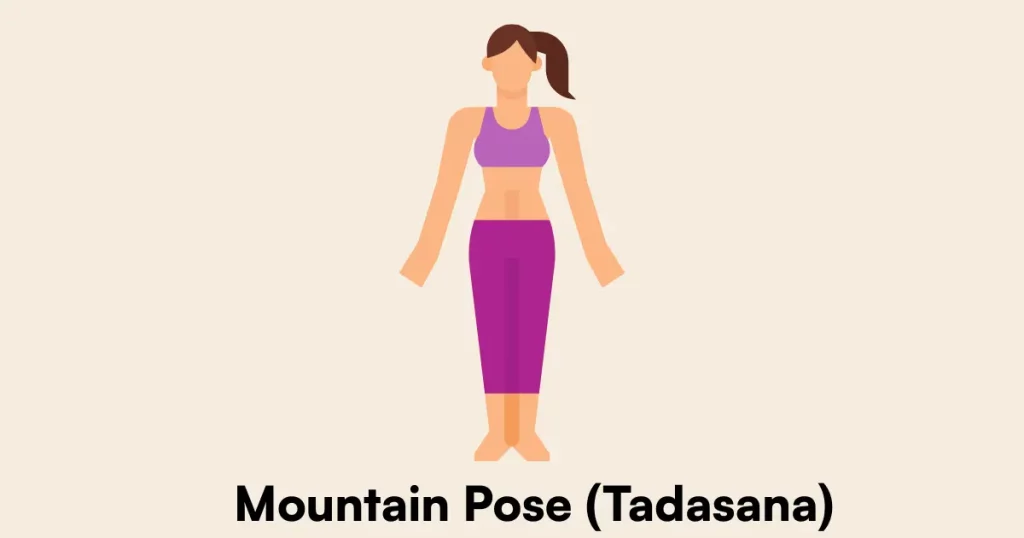
The Foundation of Good Posture
How to Do It:
- Stand tall with feet together and arms at your sides.
- Spread your toes and firmly press your feet into the ground.
- Engage your thighs, lift your kneecaps, and draw your belly in slightly.
- Roll your shoulders down and back, keep your chin level.
- Hold this position for 30 seconds to 1 minute while breathing deeply.
Benefits:
- Builds awareness of posture and body alignment.
- Strengthens legs and core for better support.
Tips:
- Imagine a string pulling you upward from the crown of your head.
- Keep weight evenly distributed across both feet.
Marjaryasana-Bitilasana (Cat-Cow Pose)
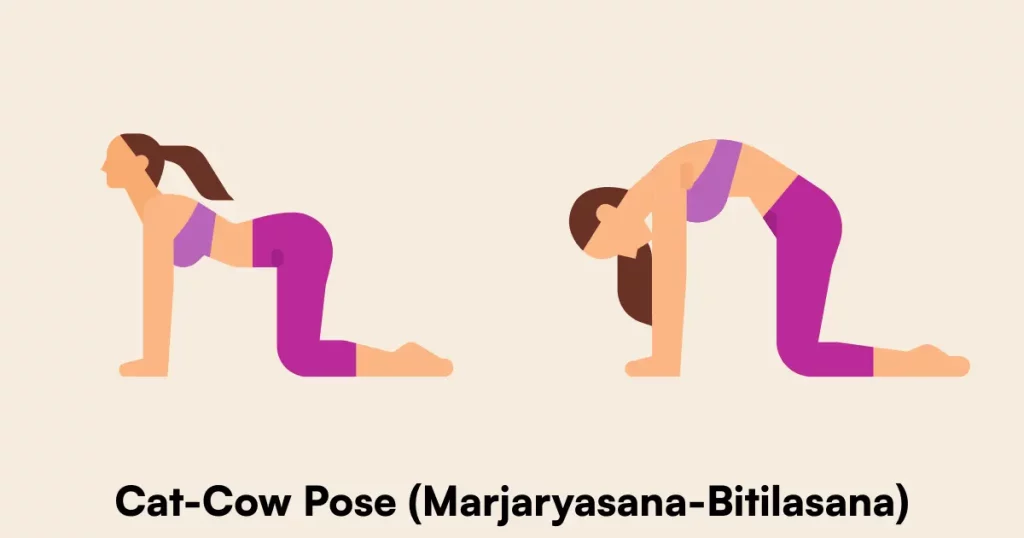
The Spinal Awakener
How to Do It:
- Start on all fours in tabletop position, wrists under shoulders, knees under hips.
- Inhale: Drop the belly, lift your chest and tailbone (Cow Pose).
- Exhale: Round your spine, tuck your chin to chest (Cat Pose).
- Repeat this flowing movement for 1–2 minutes, matching breath to motion.
Benefits:
- Improves spinal flexibility and posture awareness.
- Eases tension in the neck and back.
Tips:
- Move slowly and intentionally.
- Keep your shoulders relaxed and avoid collapsing into your wrists.
Adho Mukha Svanasana (Downward-Facing Dog)
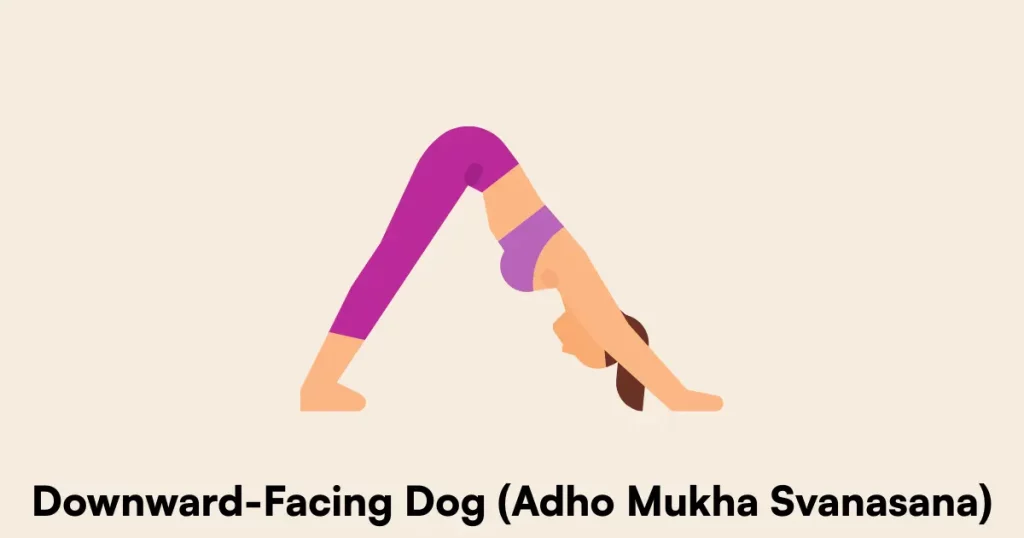
Your Posture Reset Button
How to Do It:
- Begin on hands and knees, then tuck your toes and lift your hips high.
- Form an inverted “V” with your body, keeping spine long and straight.
- Press your heels down (they don’t have to touch the floor).
- Keep arms straight and shoulders away from your ears.
- Hold for 30 seconds to 1 minute.
Benefits:
- Stretches the spine, hamstrings, and calves.
- Strengthens shoulders and upper back.
Tips:
- Bend your knees slightly if your hamstrings are tight.
- Focus on elongating your spine rather than forcing your heels down.
Bhujangasana (Cobra Pose)
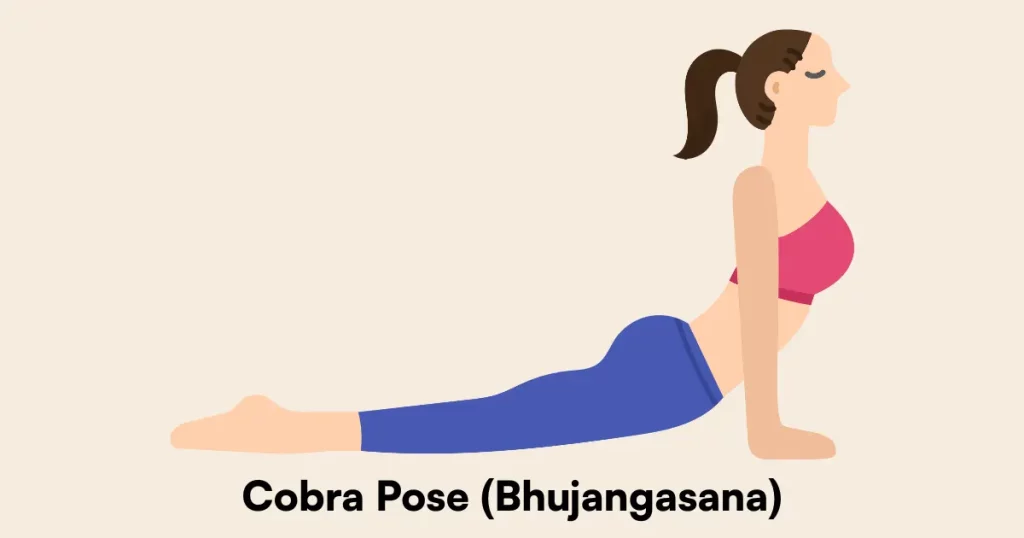
Open the Chest, Lift the Heart
How to Do It:
- Lie on your stomach with legs extended, tops of feet on the mat.
- Place hands under shoulders, elbows close to your ribs.
- Inhale and gently lift your chest using your back muscles.
- Keep elbows slightly bent and shoulders relaxed.
- Hold for 15–30 seconds, then slowly lower down.
Benefits:
- Strengthens the back and opens the chest.
- Helps counteract the forward hunch from sitting.
Tips:
- Avoid straining your neck—keep your gaze slightly forward.
- Engage your core while lifting to protect your lower back.
Balasana (Child’s Pose)

Rest, Reset, Realign
How to Do It:
- Kneel on the floor and sit back on your heels.
- Fold your torso forward and rest your forehead on the mat.
- Stretch arms forward or keep them beside your body.
- Breathe deeply and relax for 1–3 minutes.
Benefits:
- Releases tension in back, shoulders, and hips.
- Promotes natural spinal alignment and calmness.
Tips:
- Use a cushion under the chest or forehead for comfort.
- Focus on slow, deep breathing for maximum relaxation.
Conclusion
Practicing these five yoga poses daily can gradually retrain your body to stand taller, sit straighter, and move with confidence. Posture isn’t just about looks it impacts breathing, digestion, and mood too! Whether you’re working from home or simply want to feel better in your body, a short yoga session can be your secret weapon.
Start today. Be consistent. And remember your spine will thank you!
Frequently Asked Questions (FAQs)
Q1: How often should I do these yoga poses?
You can practice these poses daily, ideally in the morning or after long periods of sitting. Just 10–15 minutes a day can make a noticeable difference.
Q2: Do I need any equipment?
All you need is a yoga mat or soft surface. Optional props like a cushion or yoga block can add comfort.
Q3: Can these poses help with back pain too?
Yes! Most of these poses also relieve back tension and strengthen muscles that support proper posture.
Q4: I’m not flexible. Can I still do these?
Absolutely. These poses are beginner-friendly and can be modified to suit your flexibility level.
Q5: Is it okay to do yoga if I have a medical condition?
If you have existing back or neck issues, consult a healthcare provider or yoga therapist before starting.
